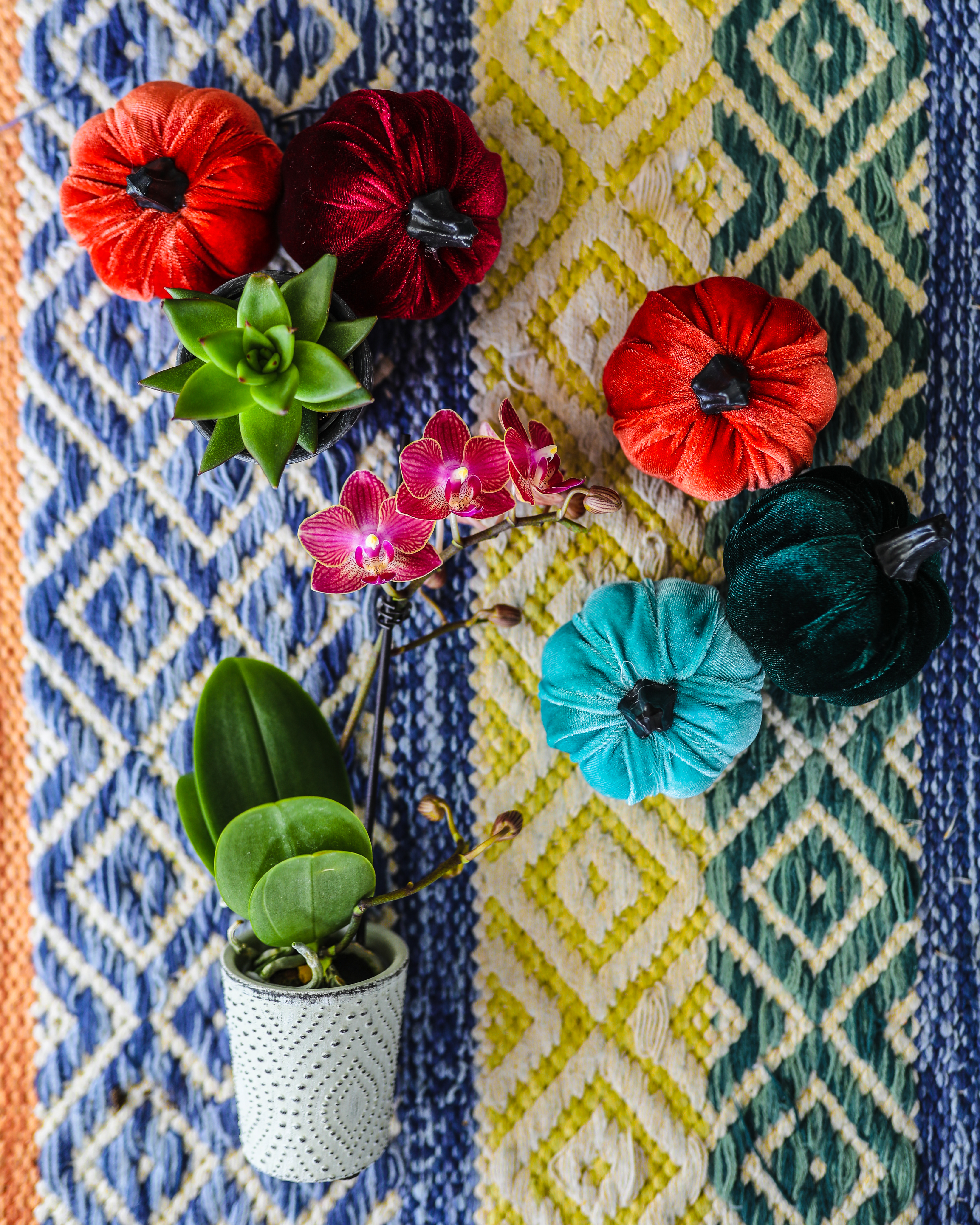Fall Care for Houseplants
Although it may seem like the trees’ leaves, the Starbucks menu, and the transition to sweater weather are the only things changing in fall, your houseplants are noticing the shift as well.
Why are houseplants affected by outdoor seasonality if kept indoors?
You may think that the weather outside has little effect on your houseplants. However, there are several seasonal changes that affect our interiors enough to alter plant growth.
Position of the Sun. In the U.S., as we move into winter, the earth’s axis tilts away from the sun, making the sun appear lower in the sky. Because the sun is lower in winter months due to the Earth’s tilt, its rays are less direct.” This means that the sun’s light is less intense in winter.
Daylength. Summer solstice (June 21) is the longest day of the year. Every day afterward is a few minutes shorter until we reach winter solstice (Dec. 21). In fact, autumnal equinox (Sept. 21) marks the first official day of fall and the point when both day and night equal 12 hours. These dates are important to keep in mind because, fewer hours of natural daylight = less sunlight = less plant growth.
Temperature and Relative Humidity. During winter, the air in our environment becomes drier because cool air holds less humidity than warm air. In addition, our heating systems remove moisture from the air as they heat. While most homes have an incorporated humidifier in their environmental control system, the air in our homes must be kept drier on average in winter months to avoid condensation problems (30-40%). This can pose a problem for our interior tropical plants that prefer a relative humidity of 50% or greater. Dry air leads to an increase in water loss from leaves and also creates a conducive environment for pests like spider mites.
Pests & Diseases. With dry air and darker conditions come different pest and disease issues. While summer brings its fair share of pest and disease problems, winter brings new challenges. The stress caused by fall and winter growing conditions can increase plant susceptibility to pests and disease.
Prepare your plants for the changing of the seasons with these fall plant care recommendations.
Scout all plants and toss diseased or declining plants. Because of the low light and dry conditions, winter takes a toll on your house plants. It’s important to keep a watchful eye on your plants by scouting weekly for creepers and crawlers. Consider tossing unhealthy plants to avoid the rapid spread of pests in your plant collection.
Re-evaluate your lighting and air-flow conditions. You may try moving your plants nearer a natural light source or adding supplemental artificial light to make sure that they receive adequate sunlight. Also, watch out for areas near doors, windows, and vents that tend to bring drier conditions! A humidifier or humidity tray beneath your plants might be necessary to create a slightly more humid microclimate around your plants.
Adjust your watering routine. While dry air can increase water loss from leaves, lower light levels tend to decrease water uptake in plants. You may need to water less frequently moving into winter. Pay attention to how damp the potting media is before watering. A good rule of thumb for most plants is to water when the media is dry in the top 1-2 inches.
Lay off of the fertilizer. Because plants slow down in winter, they require less mineral nutrients. We suggest decreasing your regular fertilizing routine by at least one-half. For example, if you fertilize with liquid fertilizer twice a month, try once a month. You may even consider fertilizing every other month if your plant has greatly slowed in growth.
Monitor your plants and factor in the change in growing conditions. It’s always a good idea to keep an eye on your plants, especially when their growing environment is changing. Don’t stress if you notice a change or lack of growth. That is normal in winter! Depending on the plant, you may see leaf yellowing, leaf loss, or slowed growth as conditions change.
It is normal to lose some plants during the winter months, so don’t beat yourself up! However, if you adjust your care with the changing growing conditions that fall and winter bring, your odds of success are more in your favor.








